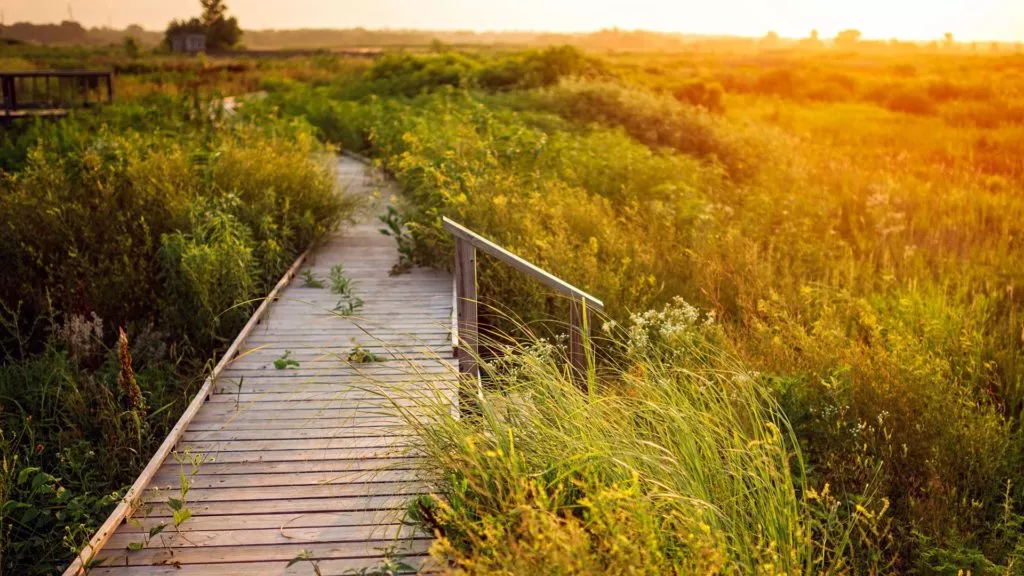
By Elaine Giessel, Kansas Chapter Chair
Last week the Environmental Protection Agency revised its definition of Waters of the US to conform to the Supreme Court ruling in Sackett v. EPA. The new rule abandons the significant nexus test for identifying which tributaries and other waters are protected under the Clean Water Act, putting isolated wetlands and seasonal/ephemeral headwater streams at risk in Kansas. Revised Definition of Waters of the United States rule.
Sierra Club was swift to react.
All Americans should have access to clean and affordable water. The Clean Water Act and the Safe Drinking Water Act were passed with the goal of keeping our nation’s waters fishable, swimmable, and drinkable.
Agricultural runoff is the leading cause of water pollution in the U.S. Half our rivers and streams across the country are already too polluted to fish or swim in. The “significant nexus” standard removed in the EPA’s latest guidelines allowed flexibility in identifying sources of pollution that could degrade downstream waterways.
Healthy wetlands, tributaries and headwater streams help prevent downstream flooding, reduce pollution, recharge groundwater, provide critical wildlife habitat, and offer opportunity for public recreation.
Under EPA’s recently revised rule, Kansas stands to lose protection under the Clean Water Act for hundreds of miles of streams and many of its remaining interior wetlands. We simply cannot afford pollution of our drinking water sources or risk destruction of our remaining prairie wetlands, which provide homes for wildlife and help replenish the Ogallala Aquifer upon which western growers depend.